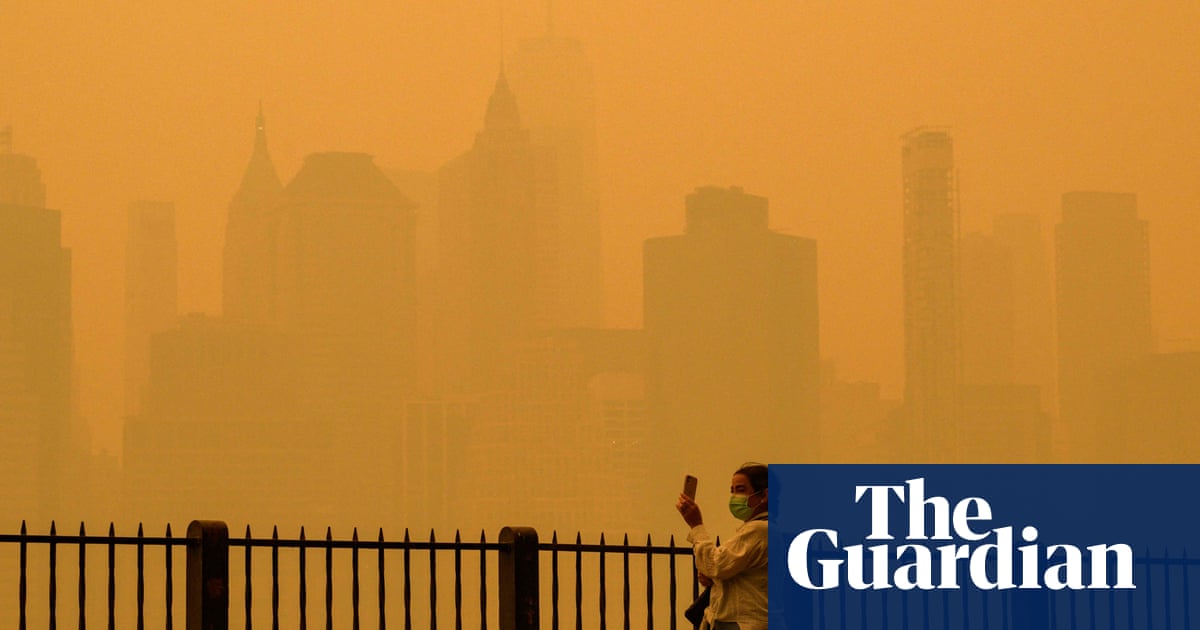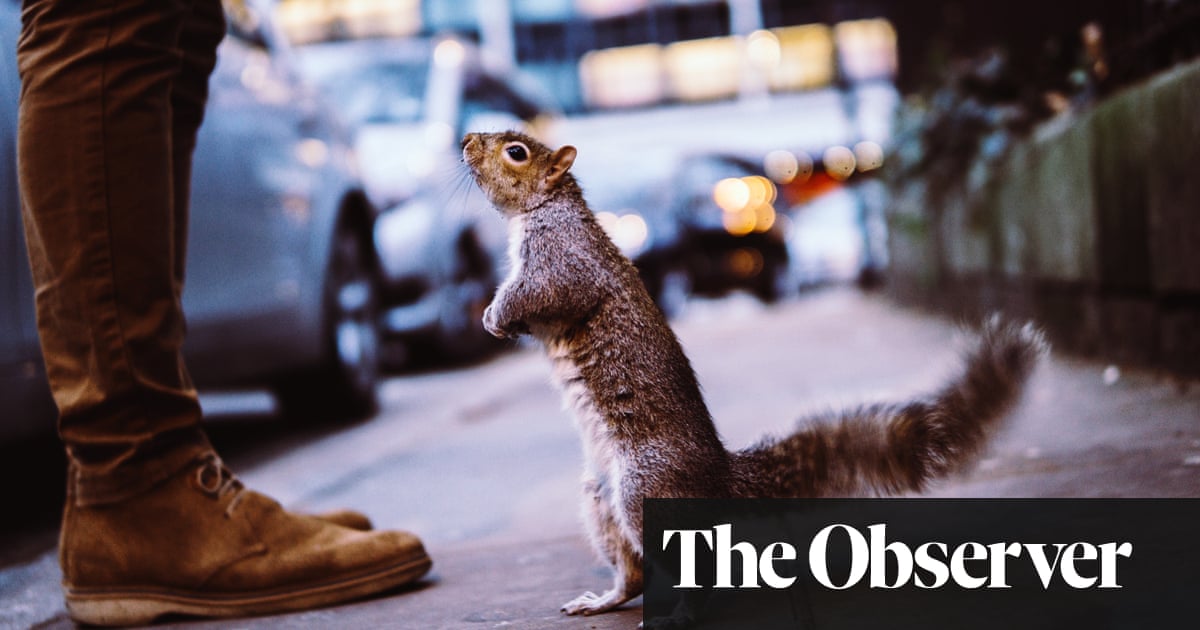
asked William Hicks how he felt when lockdown suddenly happened in the middle of his year-long air pollution investigation. “Excited,” he replied. Not the answer that I expected. “It was like moving the field laboratory to a whole new road.” Hicks, and his team from Imperial College London, were studying tiny particles from tyres, brakes and road surfaces on London’s Marylebone Road.
The inside of the field laboratory is a noisy environment full of the rattle of pumps, as an array of equipment measures the size and chemical nature of the air pollution. Hicks was measuring metal particles in the air to work out how much pollution came from each source. Barium particles are released from brake pads and zinc, used to vulcanise rubber.
During my visits to the field laboratory I like to take a few minutes to climb up among the sampling equipment on the roof and watch the remarkably regular daily pattern of the traffic, but in lockdown 32% of the traffic disappeared. Less traffic meant less congestion, but the remaining traffic went faster. Brakes particles decreased with less stop-start conditions but the air pollution from tyres stayed the same. Faster traffic meant more tyre wear from each vehicle.
A 2017 study estimated that tyre wear-and-tear accounts for between 5% and 10% of microplastics entering our oceans each year. Another estimate from International Union for Conservation of Nature and Natural Resources puts this figure at about 28%. These figures make wear-and-tear from tyres at least as important as plastic bottles, bags and fibres released from clothing during washing. Heavier vehicles also produced more particle pollution than lighter ones; lorries and buses produced about four times more brake and tyre wear compared with cars and vans.
The UK and governments around the world plan to clean up exhausts and eventually to abolish combustion engines all together, but as Hicks explained, “pollution from brakes, tyres and road surfaces are here to stay”. Although electric lorries may be some time off, regenerative braking in hybrid, and electric, cars, buses and vans should decrease the toxic metal particles from brakes. This involves using the electric motor, instead of friction brakes, to slow the vehicle, recharging the battery. But controlling tyre and road wear will not be easy. The polluted roads of the future may not be the slow congested streets in city centres but the busy faster trunk roads. Less and slower traffic may be one solution, along with lighter vehicles.












